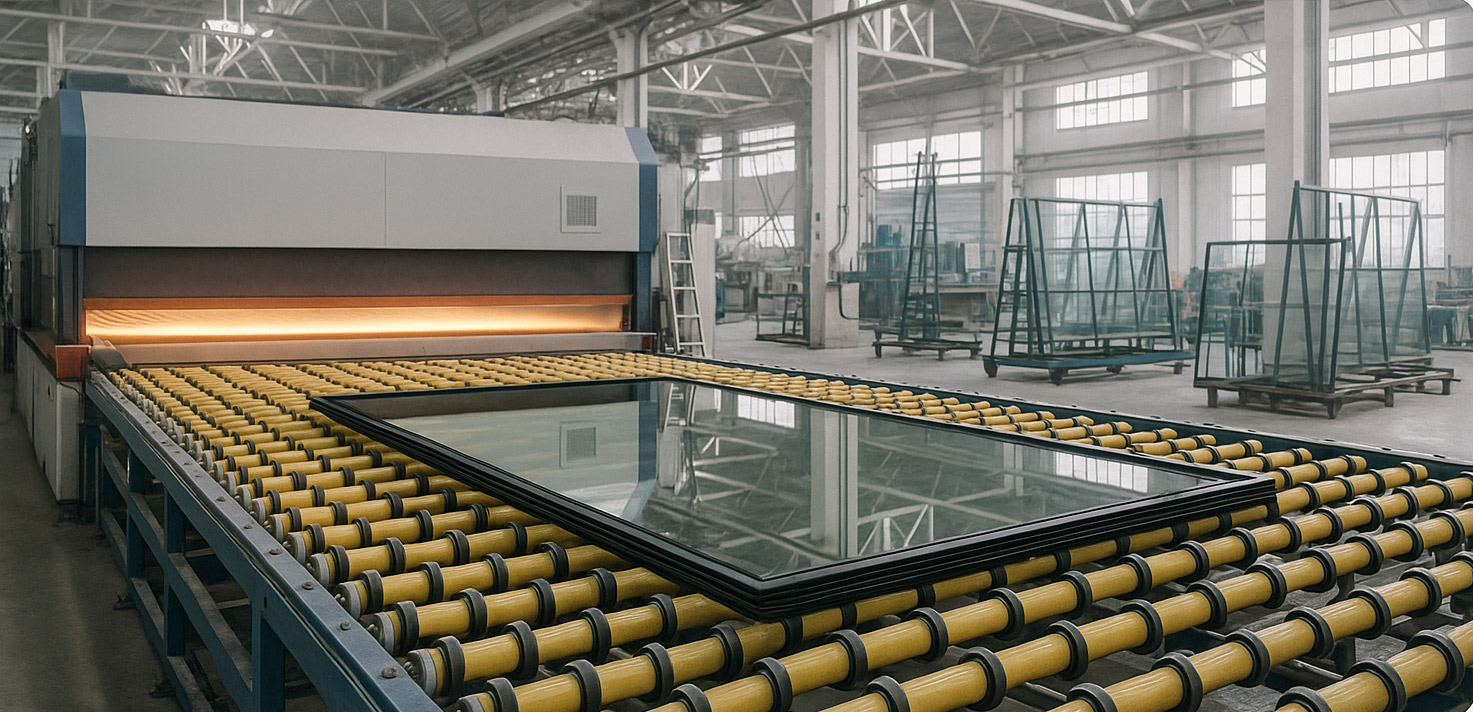How Large Jumbo Windows Are Made
Large, floor-to-ceiling “jumbo” windows are a striking design element in modern architecture, flooding spaces with natural light and offering uninterrupted views. Behind their beauty is a fascinating manufacturing process that combines cutting-edge technology with precision craftsmanship.
1. Design & Glass Selection
Before production begins, engineers and architects collaborate to determine the exact size, shape, and specifications of the window. The glass type is chosen based on strength, energy efficiency, UV protection, and safety needs—often low-iron, tempered, or laminated glass for clarity and durability.
2. Float Glass Production
Most jumbo windows start with float glass. In this process, raw materials like silica sand, soda ash, and limestone are melted at over 2,700°F. The molten glass is floated on a bed of molten tin, creating perfectly flat sheets up to 20 feet long.
3. Cutting & Shaping
Once cooled, giant sheets are moved by automated cranes and suction lifts to precision cutting tables. Computer-guided tools cut the glass to the exact dimensions needed. For custom shapes, CNC (computer numerical control) machines or waterjet cutters are used.
4. Strengthening & Tempering
Jumbo windows must withstand wind loads, temperature changes, and potential impacts. To achieve this, the glass is heated to around 1,200°F and then rapidly cooled in a controlled process, increasing its strength up to four times compared to regular glass.
5. Lamination for Safety
Many large windows use laminated glass—two or more glass sheets bonded with a plastic interlayer. This not only enhances safety but also blocks harmful UV rays and improves sound insulation.
6. Coatings & Energy Efficiency
To improve performance, manufacturers often add low-emissivity (Low-E) coatings that reduce heat transfer, keeping interiors cooler in summer and warmer in winter. Some coatings are nearly invisible, while others subtly tint the glass.
7. Framing & Assembly
Once the glass is ready, it’s integrated into custom-engineered frames—often aluminum, steel, or fiberglass—to provide structural support. The frames are designed to handle the weight of jumbo glass panels, which can exceed 1,000 pounds.
8. Quality Control & Transport
Every jumbo window undergoes rigorous inspection for optical clarity, structural integrity, and coating performance. Specialized trucks with shock-absorbing racks transport them to the job site, where cranes or suction lifts carefully position them for installation.
In short: Making jumbo windows is a high-tech, labor-intensive process that blends science, engineering, and artistry—resulting in stunning architectural features that transform buildings inside and out.


